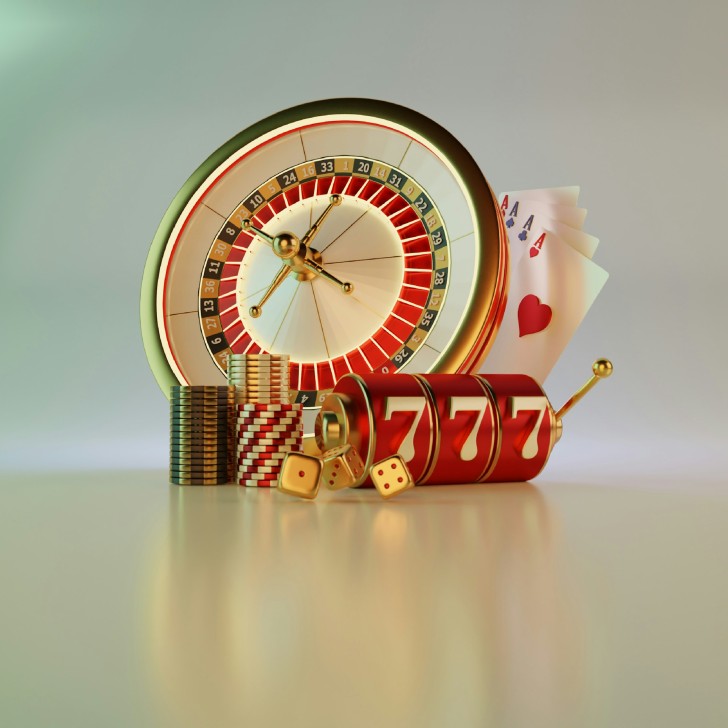Big, life-changing wins have a special kind of pull for many people. For sure, anyone can dream of taking home millions with just a small wager. But how likely is it to actually hit that jackpot? And why do so many keep playing even when the chances are so tiny?
Our quick guide explores the math behind lottery odds and breaks down real probabilities based on past draws. We'll also compare what could happen if you stack up multiple tickets. It’s the same thrill that draws countless players to licensed iGaming platforms, especially those offering massive progressive jackpots — such as the casino Ice.
What Are the Odds of Winning Big?
The odds of bagging a lottery depend on the specific game and its set of rules. Most high-paying lotteries require players to select a combination of numbers. Examples include Powerball and Mega Millions. You have to match all the chosen numbers to earn a share of the full jackpot amount. Generally, the larger the jackpot, the slimmer the chance of winning it. For instance, the official Powerball website states that the overall odds across all its games are 1 in 24.87.
Yet, the figures change considerably from one game to another. Players have a 1 in 38.32 chance of winning just $4 in the most favorable game. But to claim the multi-million-dollar Grand Prize, the odds drastically drop to an astounding 1 in 292,201,338. To put that into perspective, the American National Weather Service reports that your odds of being struck by lightning are about 1 in 15,300.
The Math Behind the Lottery Odds Numbers
To figure out the chances of getting a winning lottery ticket, you need a bit of math called combinatorics. This is essentially the math of counting. It uses combinations and probability to determine the number of different ways numbers can be selected from a given set. The formula below shows exactly how you can calculate the probability:
C(n,k) = n! ÷ k!(n−k)!
- n represents the total number of the pool.
- k stands for the number of numbers or balls you must choose.
- ! denotes the factorial. This essentially means the product of an integer alongside every other integer below it. For example, 4! = 4 × 3 × 2 × 1 = 24.
How to Calculate Odds
As explained above, the combination formula is the main idea behind finding out how many different sets of numbers can be formed from a larger group. Your odds of winning depend on how the game itself is designed.
Take a 6/49 lottery as an example. You need to choose six numbers out of 49. The first part of the formula, n!, works out every possible way those six numbers could be arranged from the 49 available options. There are 49 options in the first draw; for the next draw, 48 remain; then 47, 46, 45, and 44, continuing in that order. When multiplied together (49 × 48 × 47 × 46 × 45 × 44), the total comes to 10,068,347,520.
Next, you calculate how many ways those six chosen numbers can be ordered. Each draw reduces the remaining options, so the formula becomes 6 × 5 × 4 × 3 × 2 × 1 = 720. Dividing 10,068,347,520 by 720 gives 13,983,816. This is the number of different combinations possible in a 6/49 lottery. Because only one of these can be the winning ticket, the odds of picking that exact set are 1 in 13,983,816, or about 0.00000007151.
When you look at the numbers like this, you can see how extremely small the chance of hitting the jackpot is. It's about the same as flipping a coin 24 times and getting heads every single time. Keep in mind that this formula only applies to the jackpot. It's more complicated to calculate the odds for smaller prizes, like matching 5 out of 6 numbers. In a 6/49 game, that would mean matching five winning numbers and 1 number from the 43 that didn't win. This results in a separate calculation and slightly better odds than the main prize.
Does Stacking Up Tickets Give You a Real Shot at Better Odds?
Yes. Technically, buying more tickets gives you a better shot. If you grab five tickets with different numbers, your chances are five times higher than if you only had one. But here's the catch. It's like trying to flip a coin and get heads 28 times in a row. Go ahead and try it. Do it five times. Do it a hundred. You'll see how impossible it feels, and that's about how likely hitting the jackpot is.
You can even test it with a coin-flip app or 28 real coins. You'll rarely get all heads. To put it in perspective, you're nearly 300 times more likely to be struck by lightning in your lifetime than to win the Mega Millions. You'd need to buy around 300 tickets just to match that tiny chance.
 Peter Smith
Peter Smith

 Peter Smith
Peter Smith


